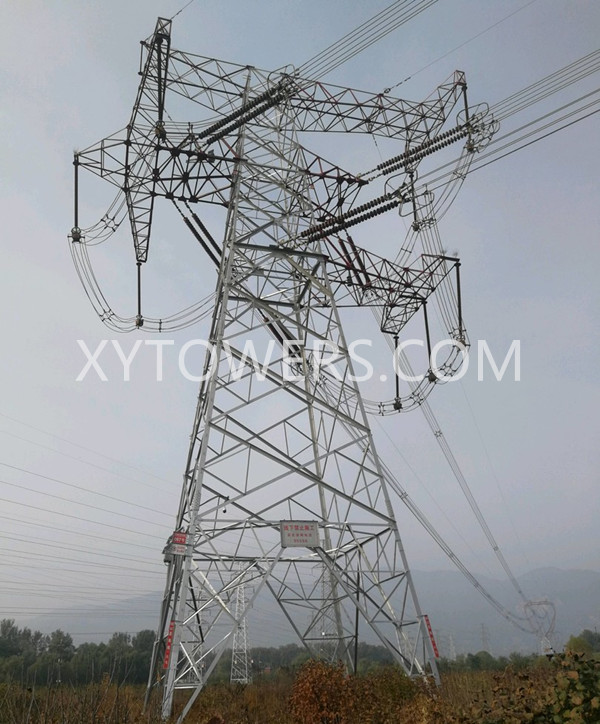Transmission towers are an essential part of our modern infrastructure, supporting the vast network of transmission lines that deliver electricity to homes and businesses. The design and construction of these towers has evolved over the years to meet the growing needs of the power industry. From traditional steel tube towers to innovative suspension towers, let’s explore the evolution of transmission towers and the different types that have emerged.
Steel tube towers have been a staple of the power transmission industry for decades. The towers are constructed using steel tubes that are welded together to form a strong and reliable structure. The use of steel pipe provides excellent strength and durability, making it suitable for supporting heavy power lines over long distances. However, as the demand for more efficient and cost-effective transmission towers continues to grow, new designs are beginning to emerge.

One such design is the angle steel tower, which offers a lighter and more economical alternative to traditional steel tube towers. Angle steel towers are constructed using angle steel that are bolted together to form a lattice structure. This design reduces the overall weight of the tower while maintaining the necessary strength and stability. The use of angle steel towers is becoming increasingly popular, especially in areas where cost and ease of installation are important factors.
In recent years, the development of concrete towers has also received attention in the power transmission industry. The towers are built using precast concrete segments that are assembled on site to create a tall, strong structure. Concrete towers have excellent resistance to corrosion and environmental factors such as extreme weather, making them a reliable choice for long-term transmission line support. Additionally, using concrete towers helps reduce the visual impact on the surrounding landscape, making it a preferred option in certain areas.
One of the most innovative advancements in transmission tower design is the suspension tower. Unlike traditional towers that rely on vertical supports, suspension towers use a combination of vertical and horizontal cables to support power lines. This design allows for longer spans between towers, thereby reducing the total number of towers required for transmission lines. Suspension towers are also known for their sleek and modern appearance, making them a popular choice for cities and scenic spots.
As demand for electricity continues to grow, the evolution of transmission towers will undoubtedly continue. New materials, construction techniques and design concepts will shape the future of these important structures. Whether it’s the traditional strength of steel tube towers, the cost-effectiveness of angle steel towers, the durability of concrete towers, or the innovation of suspension towers, the transmission industry will continue to rely on a diverse range of tower types to meet its evolving needs.
In summary, the evolution of transmission towers has resulted in a diversity of designs and materials, each with its own unique advantages. From the traditional advantages of steel tube towers to innovative approaches to suspension towers, the transmission industry continues to adapt and innovate to meet the growing demands of the modern world.
Post time: Jul-23-2024





